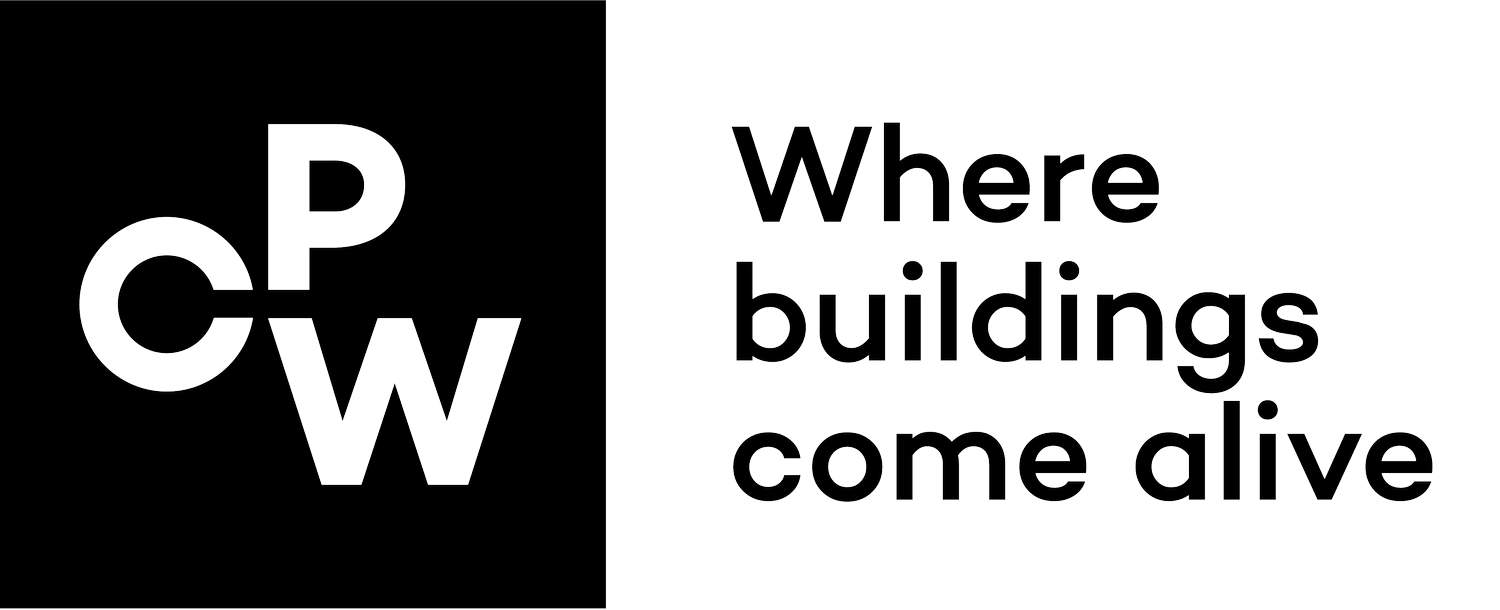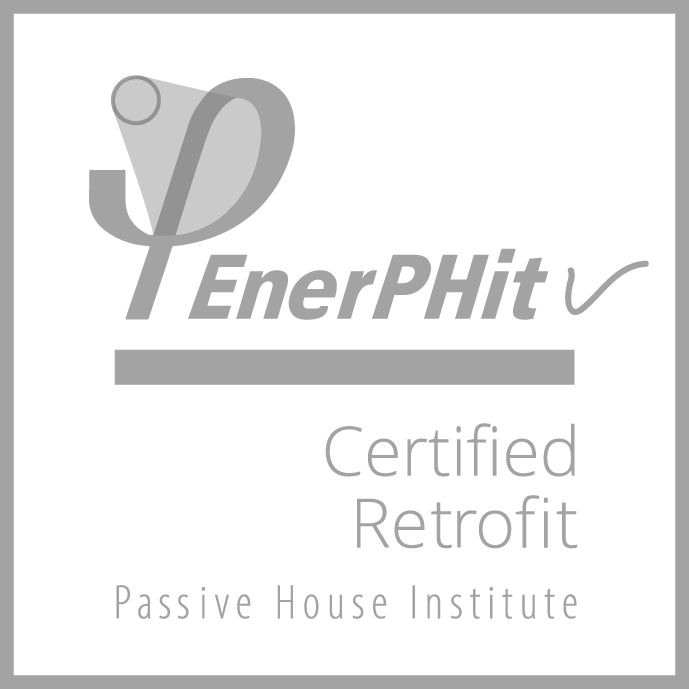
Passivhaus
Passivhaus certified designers
Our certified Passivhaus designers have nearly 20 years of experience delivering ultra-low energy buildings that meet the rigorous standards of the Passivhaus Institute. Our portfolio spans large-scale non-residential developments, bespoke buildings and major residential schemes.
We are qualified as designers, tradespersons, and construction verifiers, with PHPP expert-level training. We support projects through all RIBA stages, offering full Passivhaus design services including modelling, verification and registration.
Achieving certified Passivhaus standards is widely regarded as one of the most rigorous yet rewarding goals in energy-efficient building design. While the path to certification can be challenging, the results – ultra-low energy use, exceptional indoor comfort and long-term cost savings – are well worth the effort.
One of the key factors in successfully reaching Passivhaus certification is involving experienced Passivhaus consultants from the earliest stages of a project. Early involvement ensures that the design integrates performance principles from the ground up, helping to avoid costly rework and inefficiencies later in the process. This is particularly important in addressing the performance gap – the difference between how a building is designed to perform and how it actually performs once built. Proper guidance during planning and design is crucial to closing this gap.
Working with certified Passivhaus consultants provides additional assurance that your project benefits from up-to-date expertise, proven methodologies and a track record of compliance with the Passivhaus Institute’s standards. Their involvement can streamline certification, reduce risk and ultimately deliver a building that performs exactly as intended – both on paper and in practice.
Passivhaus Consultants
Retrofit and EnerPHit
We focus on advanced retrofit strategies, including EnerPHit – the Passivhaus standard for existing buildings. As the majority of our building stock is already in use, upgrading existing buildings is essential to reducing carbon emissions.
Our team provides the specialist knowledge required to support projects targeting EnerPHit and similar certification standards, helping to achieve ambitious energy goals while navigating the practical challenges of retrofit.
Featured projects
The Global Health Building is meticulously designed to meet the stringent requirements of the Passivhaus Classic certification.
Our Passivhaus experts explored various architectural designs and orientations, incorporating wind and solar irradiance analyses to optimise energy efficiency with minimal heat loss through the building's envelope. The team simulated multiple façade options to achieve a delicate balance between capturing winter sun, reducing summer overheating, enhancing daylight entry, minimising heat loss through solid structures, and using materials with minimal carbon footprint.
CPW’s MEP and Passivhaus designers were key members of the team responsible for delivering the University of Leicester’s pioneering George Davies Medical Centre.
The building is home to over 2,350 students and staff. The contemporary development provides 12,000m² of teaching rooms, offices, cutting-edge dry laboratory research facilities and support spaces to set a new benchmark for scientific study in the UK.
It is one of the UK’s largest Passivhaus buildings, leading the standard for sustainable building design.
Frequently asked questions
-
Passivhaus is a rigorous energy efficiency standard focusing on high levels of insulation, airtightness, and controlled ventilation to minimise energy use. Unlike traditional buildings, Passivhaus structures aim for ultra-low energy consumption, providing consistent indoor comfort and significant reductions in heating and cooling demands.
-
No, the Passivhaus standard is versatile and can be applied to various building types, including schools, offices and commercial buildings. The principles of energy efficiency and comfort are beneficial across different building uses.
-
Yes, occupants can open windows in a Passivhaus building. However, the design includes a mechanical ventilation system that ensures continuous fresh air supply and energy efficiency, even when windows are closed.
-
EnerPHit is the Passivhaus Institute's certification for retrofitting existing buildings. It adapts Passivhaus principles to the constraints of renovations, aiming for substantial energy reductions while accommodating existing structures.
-
Retrofitting to EnerPHit standards can lead to significant energy savings, reduced utility bills and increased property value. While initial costs may be higher, the long-term financial and environmental benefits are substantial.
-
EnerPHit certification can be achieved through two different routes: the Heating Demand Method or the Component Method. The Heating Demand Method sets a limit on annual space heating (typically 25 kWh/m²), while the Component Method focuses on meeting specific performance criteria for individual building elements, such as insulation, windows, airtightness and ventilation. This flexibility allows retrofit projects to adapt to existing building constraints while still achieving high performance.
-
Yes, it’s possible to follow Passivhaus principles without pursuing certification. Many clients adopt a ‘Passivhaus-informed’ approach to improve performance and reduce energy use, even if formal certification isn’t the goal.








